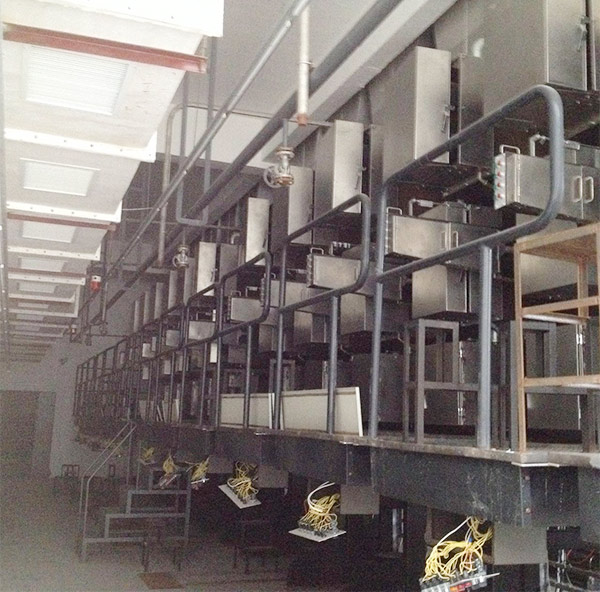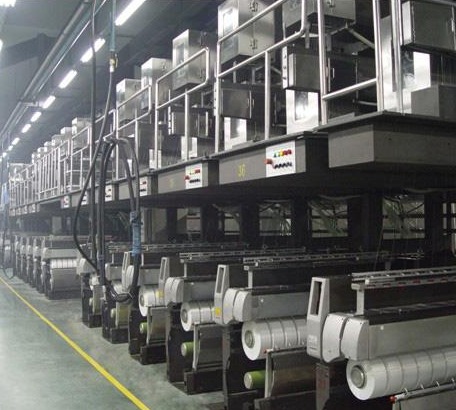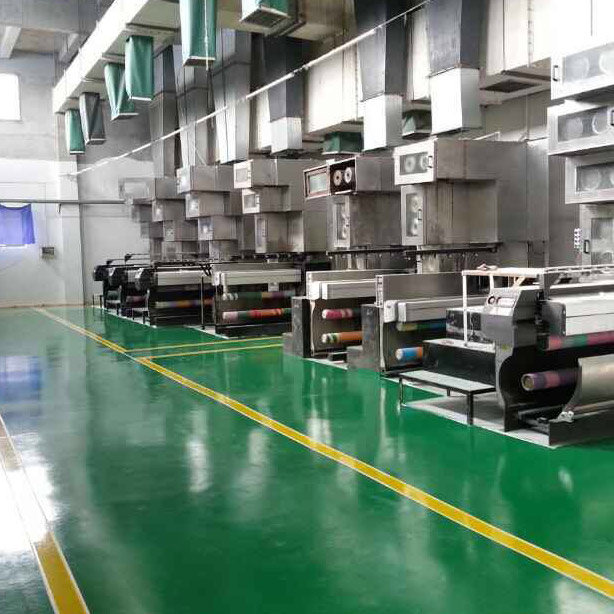- Polypropylene spinning machine
- Polypropylene FDY equipment
- Polyester POY spinning machine
- Polyamide FDY common and high strength equipment
- Polyester FDY equipment
- Polyester high strength equipment
- polyester、Polyamide、 Polypropylene BCF equipment
- Small spinning machine
- All kinds of spinning special parts
- High performance carbon fiber and composite material technology and equipment seminar was held in Shaoxing, Zhejiang Province
- Unlock the secrets of the polypropylene spinning machine
- Textile information | Industry empowerment, when calligraphy meets fabric, Keqiao textile's cultural circle breaking journey!
- Unlock the Xingji password from the spring rhythm, gather the core force of the enterprise team, and explore the strategy of enterprise management!
- Blue and white school uniforms back? From blue and white memory to vintage store fashion products, textile people can seize the flow code!

- Contact:Mr. Huang Guofu
- Cel:0086-13901505556
- Fax:0086-519-83341119
- Email:czfb5556@126.com
- Add:No. 288-8 ChangLi Rd, Huangli Town, Changzhou, JS PRV.
With the promotion of environmental protection and supply-side reforms, the textile industry has set off a wave of shutdowns, and a large number of water-jet looms have been launched on the market. Judging from the scope of the elimination work, it is mainly concentrated in the two regions of Jiaxing and Wujiang.
According to statistics, the total number of water jet looms eliminated in Xiuzhou and Wujiang in 2017 exceeded 73,000. In 2018 and 2019, more than 30,000 looms will be eliminated each year (not including Xiuzhou District)!
It was supposed to be a pattern of industrial transformation and resource integration, but many manufacturers that were facing elimination in Jiangsu and Zhejiang have transferred their production capacity to northern Jiangsu, Anhui, Jiangxi, Hubei and other places, and expanded exponentially. In addition, after inspections, some manufacturers felt that the production cost was lower than that in Jiangsu and Zhejiang, and they were not subject to environmental protection restrictions, so they built new factories in these places and launched a large number of new machines.
According to investigations by relevant agencies, in 2011, the number of local water jet looms was about 1,000. Starting this year, the number of water jet looms has suddenly increased to more than 10,000, an alarming number. At present, there are still some enterprises in the central region that have not yet started production, but there are also many enterprises that have already entered normal production mode.
In terms of time, most of the manufacturers of the machines on the leased workshops that have previously gone out will officially put into production in the middle of the year, while the manufacturers who bought land to build factories will focus on the production at the end of the year. A person in charge said: There have been many sources of goods coming in from other places, and the market has begun to weaken, I feel that the supply of goods is not as tight as before.
Although some weaving factories in Anhui have received environmental rectification notices before, they have limited impact on overall production capacity. Some people predict that by the end of the year, at least 80% of the eliminated production capacity will re-enter the market, and more grey fabrics will enter the Jiangsu and Zhejiang regions. The impact can be imagined. Low-end supply returns, market supply and demand are unbalanced again, and price wars may start.
Whether it is transferring to the past or building a new factory, there is a problem, that is, the lack of experienced skilled workers and managers, so when you just started, you can only start with the simplest polyester taffeta, pongee, etc. Started production of end fabrics. It is understood that most enterprises in the central region produce polyester taffeta and pongee grey fabrics, and the production of these types of grey fabrics is relatively high, and their production capacity has been further expanded. It is conceivable that in the second half of the year, the polyester taffeta and pongee markets will hardly be "difficult to find a piece of cloth".
Changzhou Fubang Chemical Fiber Machinery Factory mainly produces: polypropylene spinning machine, polyester industrial silk spinning combined machine, polyester POY spinning machine, polypropylene FDY spinning machine, polypropylene FDY production line, polypropylene FDY equipment, polypropylene FDY machinery, polypropylene spinning Machine, polyester FDY spinning machine, polypropylene spinning machine, polyester FDY production line, polyester FDY machinery, nylon FDY spinning machine, polypropylene spinning machine.
- Textile information | Industry empowerment, when calligraphy meets fabric, Keqiao textile'
- High performance carbon fiber and composite material technology and equipment seminar was
- Unlock the secrets of the polypropylene spinning machine
- Unlock the Xingji password from the spring rhythm, gather the core force of the enterprise
- Blue and white school uniforms back? From blue and white memory to vintage store fashion p
- China's first cotton suit AI design competition was launched in Shanghai
- Global textile layout - Fubon Machinery Fubon Machinery polypropylene spinning machine tec
- Pay tribute to her power | Fubang machinery with ingenuity to weave on female glory, youth
- 2025 The National two sessions opened, the textile industry can seize the opportunity to f
- High efficiency, energy saving, stability and flexibility - Analysis of the four core adva




